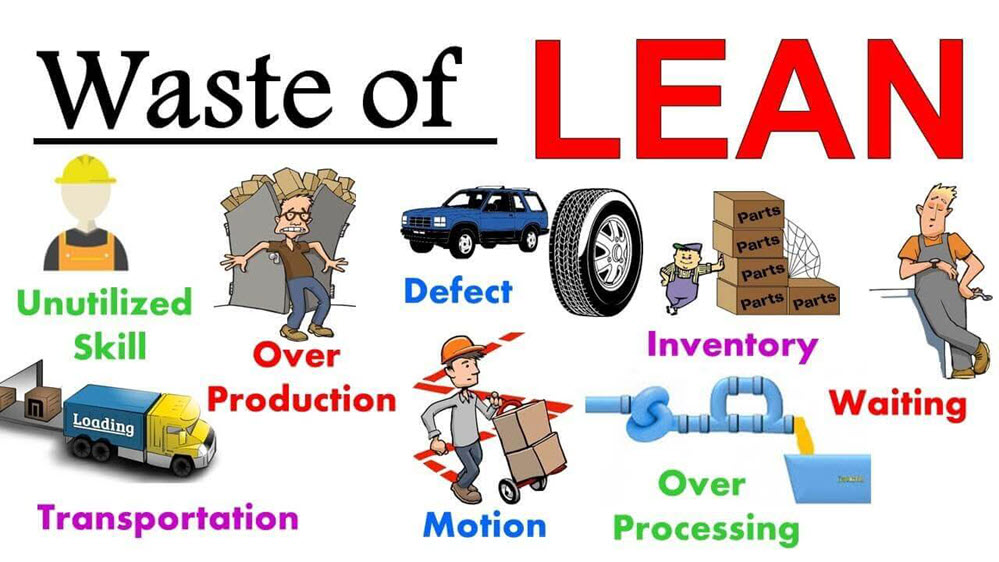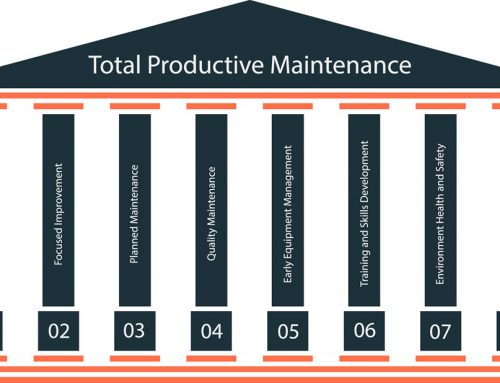Introduction
Lean manufacturing is a philosophy and methodology that aims to eliminate waste, improve efficiency, and increase productivity in manufacturing processes. One of the key concepts within lean manufacturing is the identification and elimination of waste, known as “muda” in Japanese. One of the types of waste that is commonly identified in lean manufacturing is timwood waste.
What is Timwood Waste
Timwood waste, also known as “the seven wastes of lean,” refers to the seven types of waste that are commonly found in manufacturing processes. These seven types of waste are.
- Overproduction: Producing more than what is needed or producing ahead of schedule.
- Waiting: Time spent waiting for materials, equipment, or instructions.
- Defects: Producing products that do not meet quality standards.
- Excess inventory: Holding on to more materials or finished products than are needed.
- Overprocessing: Using more resources or steps than are necessary to produce a product.
- Unnecessary motion: Workers moving or reaching for tools or materials more than necessary.
- Unnecessary transportation: Moving materials or products more than necessary.
Timwood waste is often considered to be the root cause of many inefficiencies in manufacturing processes. By identifying and eliminating this waste, manufacturers can improve their efficiency and productivity while also reducing costs.
Overproduction
Overproduction is one of the most common types of timwood waste. It occurs when manufacturers produce more than what is needed or produce ahead of schedule. This can lead to excess inventory, which can tie up resources and increase costs. Additionally, overproduction can lead to longer lead times, as manufacturers may have to wait for orders to come in before they can start producing again.
To combat overproduction, manufacturers can use techniques such as just-in-time (JIT) production, which aims to produce only what is needed, when it is needed. This can help manufacturers reduce their inventory levels and improve their lead times. Additionally, manufacturers can use techniques such as Kanban, which is a pull-based production system that helps manufacturers only produce what is needed based on customer demand.
Waiting
Waiting is another common type of waste. It occurs when workers spend time waiting for materials, equipment, or instructions. This can lead to delays in production, which can increase costs and lead times. Additionally, waiting can lead to frustration and dissatisfaction among workers, which can negatively impact morale and productivity.
To combat waiting, manufacturers can use techniques such as standard work, which helps to ensure that materials and equipment are always in the right place at the right time. Additionally, manufacturers can use techniques such as visual management, which helps to make information about materials and equipment easily accessible to workers.
Defects
Defects are another common type of waste. They occur when products do not meet quality standards, which can lead to rework, scrap, and increased costs. Additionally, defects can lead to dissatisfaction among customers, which can negatively impact a company’s reputation and sales.
To combat defects, manufacturers can use techniques such as quality control, which helps to ensure that products meet quality standards. Additionally, manufacturers can use techniques such as root cause analysis, which helps to identify the underlying causes of defects and take steps to prevent them from happening in the future.
Excess Inventory
Excess inventory is another common type of timwood waste. It occurs when manufacturers hold on to more materials or finished products than are needed. This can tie up resources and increase costs. Additionally, excess inventory can lead to longer lead times, as manufacturers may have to wait for orders to come in before they can start producing again.
To combat excess inventory, manufacturers can use techniques such as just-in-time (JIT) production, which aims to produce only what is needed, when it is needed. This can help manufacturers reduce their inventory levels and improve their lead times. Additionally, manufacturers can use techniques such as Kanban, which is a pull-based production system that helps manufacturers only produce what is needed based on customer demand.
Overprocessing
Overprocessing is another common type of waste. It occurs when manufacturers use more resources or steps than are necessary to produce a product. This can lead to increased costs and longer lead times. Additionally, overprocessing can lead to dissatisfaction among customers, as they may not be willing to pay for unnecessary features or steps in the production process.
To combat overprocessing, manufacturers can use techniques such as value stream mapping, which helps to identify the steps in the production process that add value to the product and those that do not. By eliminating unnecessary steps, manufacturers can reduce costs and improve lead times. Additionally, manufacturers can use techniques such as standard work, which helps to ensure that only necessary steps are used in the production process.
Unnecessary Motion
Unnecessary motion is another common type of waste. It occurs when workers move or reach for tools or materials more than necessary. This can lead to increased fatigue and injuries among workers, which can negatively impact productivity and morale. Additionally, unnecessary motion can lead to increased costs, as it can lead to more wear and tear on equipment and tools.
To combat unnecessary motion, manufacturers can use techniques such as ergonomic design, which helps to ensure that tools and equipment are designed to minimize unnecessary motion. Additionally, manufacturers can use techniques such as standard work, which helps to ensure that workers are only moving or reaching for tools and materials when it is necessary.
Unnecessary Transportation
Unnecessary transportation is the last common type of timwood waste. It occurs when materials or products are moved more than necessary. This can lead to increased costs, as it can lead to more wear and tear on equipment and tools. Additionally, unnecessary transportation can lead to longer lead times, as it can delay the delivery of materials and products.
To combat unnecessary transportation, manufacturers can use techniques such as visual management, which helps to ensure that materials and products are only moved when it is necessary. Additionally, manufacturers can use techniques such as standard work, which helps to ensure that workers are only moving or reaching for tools and materials when it is necessary.
Conclusion
Timwood waste is a common problem in manufacturing processes, but it can be eliminated by using lean manufacturing techniques. By identifying and eliminating waste, manufacturers can improve their efficiency and productivity while also reducing costs. Additionally, by eliminating timwood waste, manufacturers can improve the satisfaction of their customers and the morale of their workers.






